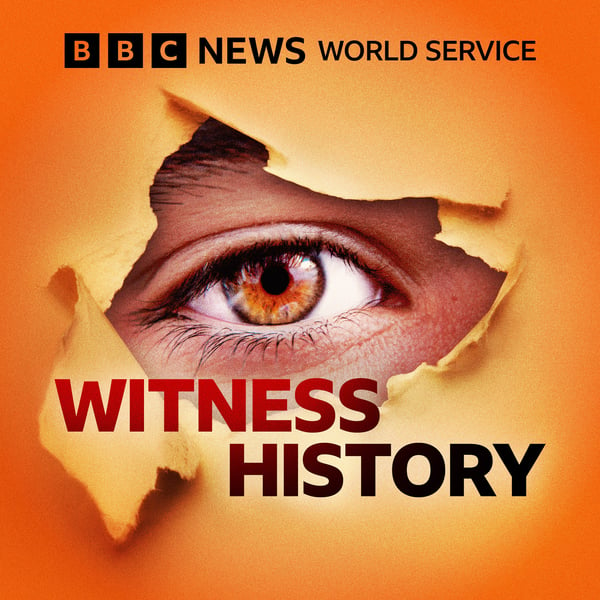Rosalind Franklin DNA Pioneer
Witness History
BBC
4.4 • 1.6K Ratings
🗓️ 6 February 2017
⏱️ 9 minutes
🧾️ Download transcript
Summary
In 1951 the young British scientist began one of the key scientific investigations of the century. Rosalind Franklin produced an x-ray photograph that helped show the structure of DNA, the molecule that holds the genetic code that underpins all life. The discovery was integral to the transformation of modern medicine and has been described as one of the greatest scientific achievements ever. Farhana Haider has been speaking to Rosalind Franklin's younger sister Jenifer Glynn.
Photo: Dr Rosalind Franklin. Credit: Science Photo Library.
Transcript
Click on a timestamp to play from that location
| 0:00.0 | Hello and welcome to the Witness Podcast History is told by the people who are there. |
| 0:04.8 | I'm Frahanahyber and today we're going back to 1951 |
| 0:08.5 | when a young British scientist began one of the key scientific investigations of the century. |
| 0:14.0 | Rosalind Franklin was working at King's College London |
| 0:17.0 | when she produced an x-ray photograph that helped work out the 3D structure of DNA, |
| 0:22.0 | the molecule that holds the genetic code that underpins all life. |
| 0:27.0 | So what is DNA? The molecule of life is in fact a long chain of 3 billion smaller ones. They're wound up tightly into almost |
| 0:34.7 | every cell inside us and they contain the instructions to build and repair the entire |
| 0:39.3 | human body. A brilliant but prickly scientist Rosalind Franklin took the crucial photo of the molecule that helped her rivals get their first. |
| 0:48.0 | Rosalind Franklin was born in London in 1920 into a modern thinking wealthy Jewish family. I've been speaking to Jennifer |
| 0:55.6 | Glyn, Rosalin Franklin's younger sister. It was a very discussing sort of household I think. |
| 1:01.6 | Rosalind enjoyed arguments not aggressively in any way but she liked |
| 1:05.7 | discussing things. So she was someone who spoke her mind would you say even from a young age? |
| 1:10.8 | Certainly and my mother wrote a sort of memory of her pointing out that she was |
| 1:17.6 | always very logical and very exact and always wanted to know even as a small child would never accept a belief or |
| 1:27.0 | statement for which no reason or proof could be produced. I think that's the site of |
| 1:31.9 | a scientist really. |
| 1:33.0 | With her scientific talent evident at an early age, Rosalind went to Cambridge in 1938 to study chemistry. |
| 1:40.0 | After graduation, she joined the war effort, carrying out research to try to make gas masks more effective. |
| 1:46.4 | In 1951 she went to work at King's College London, |
| 1:50.0 | but before that she spent several years in France at the National Chemical Research Laboratory in Paris, |
| 1:56.6 | where she became an expert in X-ray crystallography. |
... |
Transcript will be available on the free plan in -2976 days. Upgrade to see the full transcript now.
Disclaimer: The podcast and artwork embedded on this page are from BBC, and are the property of its owner and not affiliated with or endorsed by Tapesearch.
Generated transcripts are the property of BBC and are distributed freely under the Fair Use doctrine. Transcripts generated by Tapesearch are not guaranteed to be accurate.
Copyright © Tapesearch 2025.

